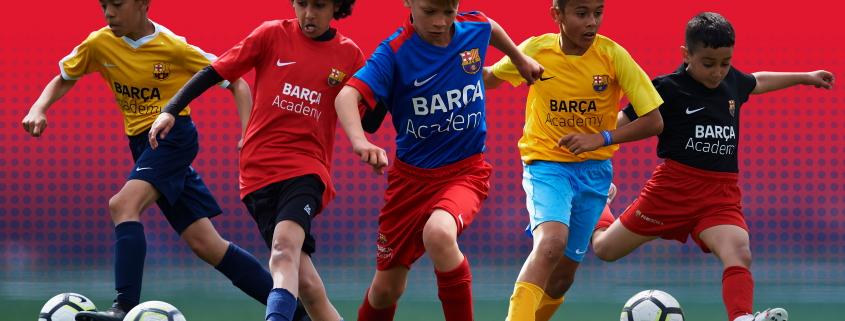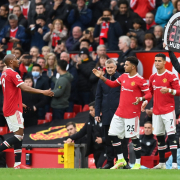Developing Future Champions: The Importance of Versatility in Academy Soccer
Introduction
There are always interesting debates in football and of course in grassroots football. I have a 7-year-old son who has started his sports training in our sport with great enthusiasm, and this year he has competed for the first time in the pre-benjamin stage. Due to his defined left-handedness, he has played almost the entire season as a center-back or left-back in 9-a-side football that is very fun for all of us. Far from being an interventionist father in the processes of his club, I have not stopped wondering throughout the year, if early positional specialization favors or weakens his progression as a player.
On the other hand, in the national team and after seeing many players in young categories, I have appreciated the value of those versatile players who can play in different positions.
Grassroots football is not only about training future elite players, but also about cultivating skills and values that will accompany them in their lives. In this sense, versatility, the ability to play multiple roles on the field, becomes one of the great objectives in the football education of young people.
Versatility in Academy Football
In the context of grassroots football, versatility goes beyond versatility in specific positions. It is about fostering an open mind towards play and constant learning. By encouraging young players to experiment with different roles and situations on the pitch, they are given the opportunity to develop a deeper understanding of the game as a whole.
Benefits of Versatility in Academy Football
Holistic Development: Fostering versatility allows players to develop in multiple areas, including coordination, cognitive, conditional, and mental.
Adaptability: Young players learn to adapt to different circumstances, making them more resilient players and able to deal with pressure.
Growth of Tactical Intelligence: Experience in various positions broadens the understanding of the game, improving decision making and the ability to read situations on the field.
Collaboration and Communication: By playing various roles, players learn to communicate and collaborate with their teammates more effectively.
Creativity: Versatility fosters creativity as players discover new ways to contribute to the game from different perspectives.
Team Versatility: Versatile players are valuable assets to any team, as they can cover multiple positions in emergency situations.

How to Promote Versatility in Grassroots Soccer
Focus on Diversity: Provide experiences that expose players to different roles and positions from an early age.
Fundamental Skill Development: Encourage mastery of fundamental skills such as dribbling, passing and control, allowing players to apply these skills in a variety of situations.
Structured Training Design training sessions that address different structures and simulated situations where technical, tactical and physical aspects are included to strengthen versatility.
Positive Mindset: Instill a learning mindset open to new challenges and a willingness to learn in any situation.
Custom Development: Tailor the formation based on each player’s strengths and preferences, allowing them to explore roles that align with their abilities.
Should we have our early age players train and play multiple positions?
Like almost everything in life, the fact that our young players play in various positions will have its pros and cons. But above all, we must remember that grassroots football is the great platform on which the careers of future elite players are built. Teaching them the importance of versatility not only gives them an advantage on the field, but also gives them present and who knows if future skills, as well as values that transcend sport. By fostering versatility, we are nurturing a generation of future talent who will be prepared to excel in a sport that values versatility and adaptability.
What is your opinion and experience?
Keep moving forward…










Leave a Reply
Want to join the discussion?Feel free to contribute!